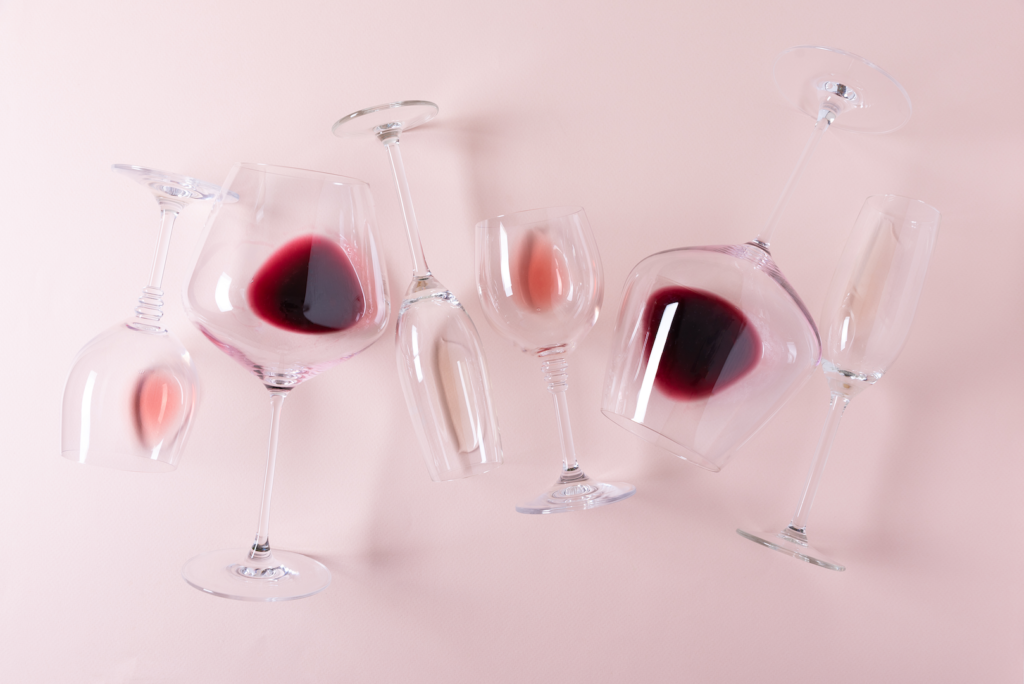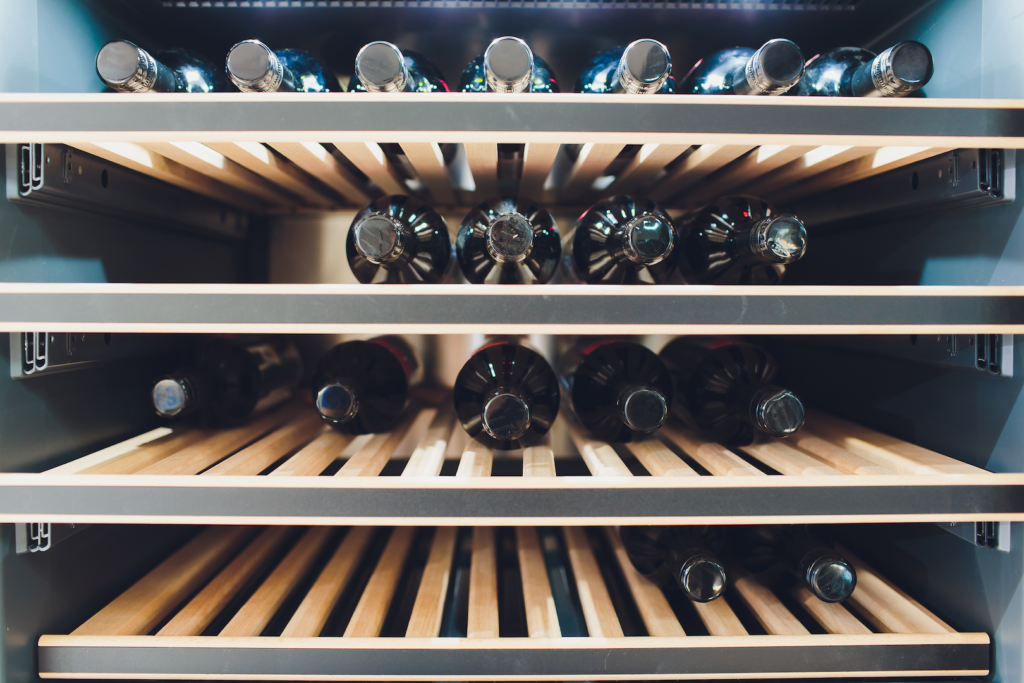
According to research conducted by The Telegraph in 2019, the average Brit drinks 108 bottles of wine a year, making us the biggest drinkers in the western world. Whilst not an official mantra of the country, it can sometimes feel like ‘quantity, not quality’ persists when considering our drinking habits.
That’s a lot of wine being consumed, but perhaps not to its full potential. With Winter approaching and the prospect of more lockdowns, curfews and home drinking high for the foreseeable future, it’s time to shift focus, to better drops, drunk less.
Storage plays a key role here; it’s vital to keep your wine at the correct temperature, humidity and even angle to get the most out of it. With that in mind, here are 5 steps to building the IDEAL domestic wine cellar, upstairs.
LOCATION, LOCATION, LOCATION
The clue’s in the title, hey? A wine cellar should be just that; below ground level. This is because the basement setting provides the ideal environment for storing wine, in terms of temperature, light and humidity, which we’ll break down in a minute.
That said, many wine enthusiasts aren’t blessed with a cellar or basement which they can simply turn into a dedicated wine storing facility. In these cases, improvisation is key. Fortunately, the conditions required for storing wine optimally can be replicated in (almost) any room in the house. Here’s how…
LIGHT & SHADE
The wine cellar hasn’t been banished to the basement for behaving. Nope, there is a reason that wine is stored in such conditions, in the darkness. This is because an excess of light, sunlight and UV rays can bring about premature ageing in fine wine. It’s essential, then, that wine is shaded from such light.
What’s more, sunlight, in particular, can bring up a wine’s temperature, altering its colour and the all important taste irreversibly, and this is the reason wine comes in green and amber bottles.
To mitigate these effects, some will opt for a storage unit which uses LED light, as this provides enough illumination to navigate around the facility whilst not giving off any heat. But if you’re storing your wine in an apartment, for instance, consider the closet in the hall for that desired darkness. A kitchen, with sunlight and fluctuating heat, is perhaps the worst place you could store your wine.
Interestingly, the same rules apply if you’re buying distilled water, olive oil, spirits and liqueurs, all of which respond unfavourably to heat and light.

YOU’LL NEED A COOLING SYSTEM
Yep, in all those wine pairing rules you’ve read, the most essential tip is often left off; heat and wine do not go well together. If you’ve often opened a bottle only to discover it tastes a little flat, it could well be because you stored it at the wrong temperature.
Roughly speaking, the ideal temperature to store your wine is between 10-13°C (50-55°F). Dip much below that ballpark figure and you run the risk of semi-freezing your wine. A change in temperature can also lead to a change in pressure, pushing the cork out. At the other end of the thermometer, if the temperature is too high, you could inadvertently ‘cook’ and taint the wine.
Consistency is key here, as fluctuating temperatures can spoil your wine. Should you not have a wine cellar below ground which naturally achieves that elusive temperature range, then first, take the temperature of that hall closet.
Alternatively, you might want to consider investing in a wine cooler. For a short term solution, stashing your bottles in the fridge is okay, but after a few days in there, the cork can shrink, letting oxygen into the bottle. A dedicated wine storage cabinet is far better, and will keep your bottles constantly at the correct temperature. To be more precise, that’s 5 – 10°C for white and 10-20°C for red – and humidity (between 60% and 70%) ensuring longevity.
That humidity is essential, to stop your cork drying out on the outside. This will stop air being let into the bottle which will spoil the wine’s taste. But be sure not to store your wine in a location that is too humid, as the moisture might damage the bottle’s label, and mould could harbour. It’s a fine balancing act, indeed.

RACK UP SOME WINES
The angle at which you store your wine also plays a part in ensuring its longevity. The experts advise that you store your wine bottles horizontally, or better still, at a 45 degree angle with the bottles facing downwards. This allows wine to come into contact with the cork, stopping it from drying out and letting in that dreaded oxygen. What’s more, dry corks can result in a musty flavour.
For your wine ‘cellar’, then, it’s a smart move to invest in some wine racks. You can either get prefabricated wine racks or customised ones, with traditional wooden wine racks – particularly those made from oak – the preferred choice of many connoisseurs, preferably leaning at that ideal, downward facing angle.
GLASSWARE
Even if you’re not blessed with a fully fledged wine cellar, investing in the appropriate glassware is one of the best things you can do to show off your carefully curated wine collection to its full potential.
Yep, the wine snobs are right; the vessel in hand makes one hell of a difference to the taste within it. The shape of the glass, the thickness of the rim, the material it’s made from, the length of the stem…they all play a part in the taste of your wine. Since you’ve made all this effort with storing your bottles, the least you can do is show them off to their full potential when actually drinking them.
Firstly, consider bowl shape; wide bowls allow plenty of aroma whilst narrow ones allow less, since less wine is exposed to the air as you give the wine that first sniff. Generally, the former is preferable for the upfront aroma of reds and the latter more suitable to the nuances of white. If you’re looking to splash out, include both wide and narrow bowled glasses in your collection, or for versatility’s sake, a set medium bowls is best.
When drinking white wine, prioritise glasses with a longer stem; this prevents your hand from warming up the glass and your carefully chilled Chenin Blanc.
You’ll also need some narrow flutes in your collection for sparkling wine. The wider bowls of traditional wine glasses cause champagne, cava et al to lose their fizz rather fast as the wine is exposed to oxygen excessively. All in all, it’s wise to have a bit of variety in your collection, to meet the optimum needs and nuances of each wine.
Hey, and even if you’ve done irreparable damage to a bottle, there’s still plenty you can do with it! Check out our tips on 5 creative uses for leftover wine and salvage some dignity today.




